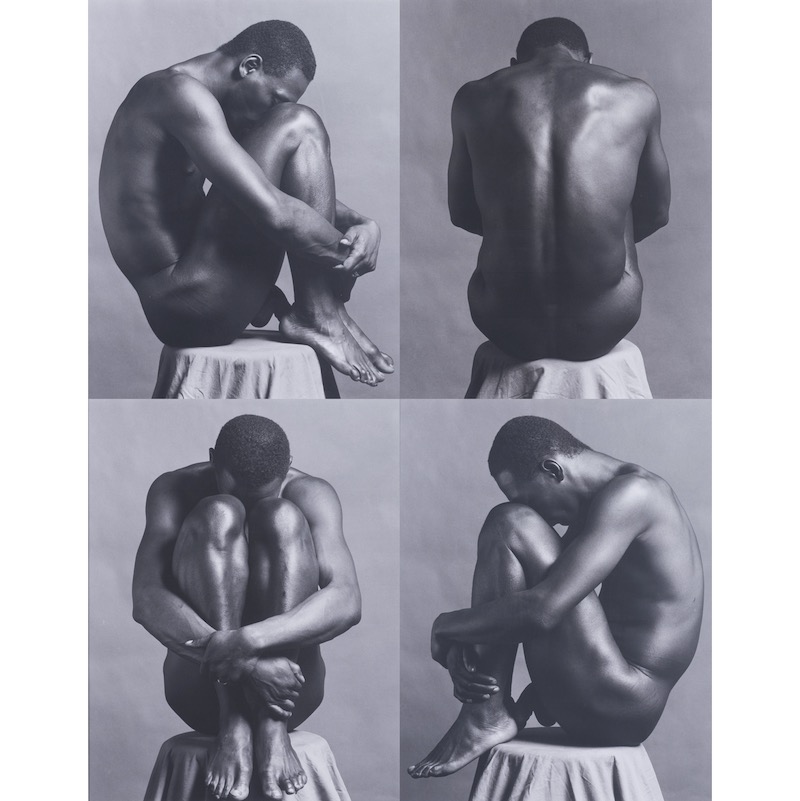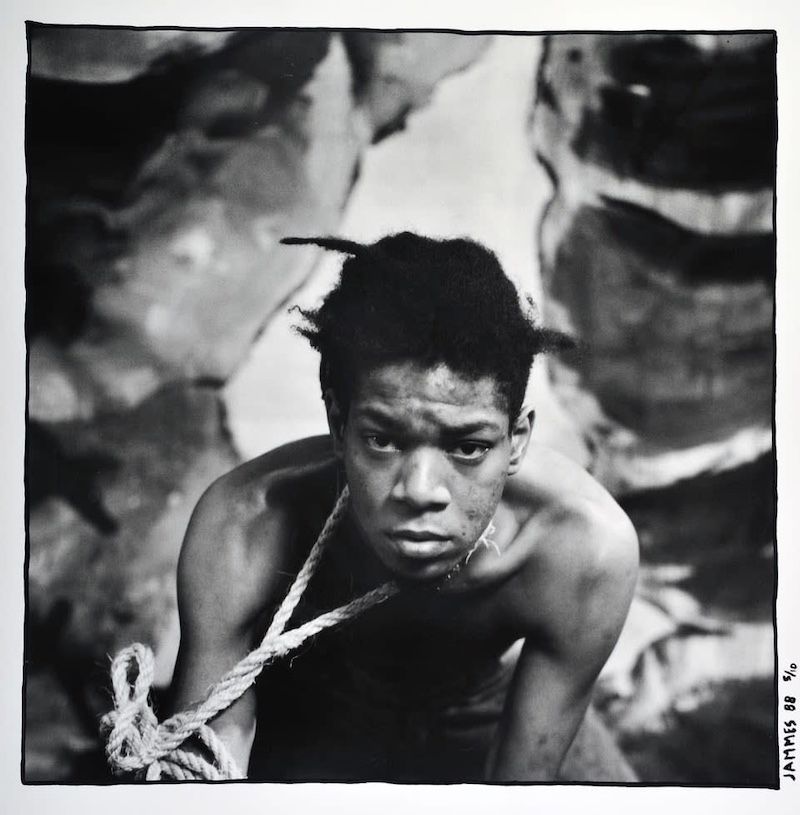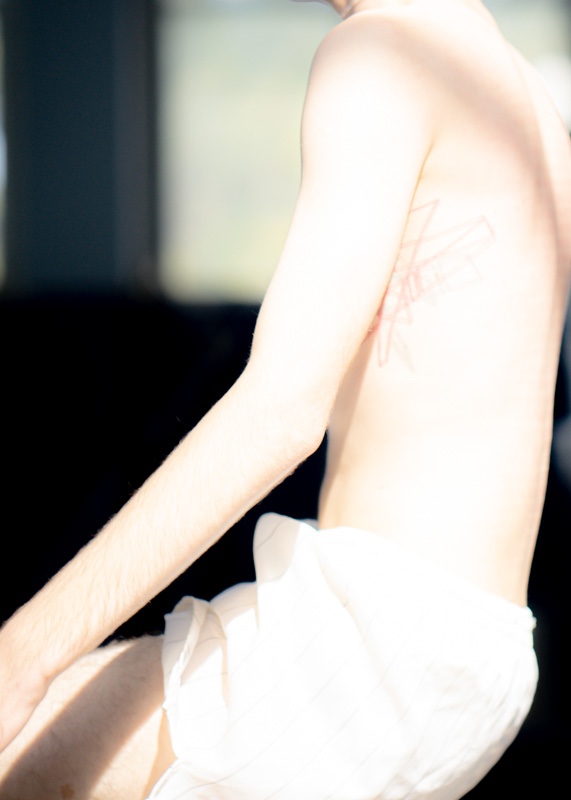MEN
The exhibition
Espace Art Absolument presents the exhibition MEN, as part of the PhotoSaintGermain festival. It offers a new perspective on masculinity, bringing together seven photographers from different generations: Robert Mapplethorpe, Andres Serrano, Louis Jammes, Tomasz Machcinìski, David Meskhi, Pierre-Élie de Pibrac, and Felipe Romero Beltrán. Created between the 1980s and today, their works question identity constructs, culture, power, performance, and otherness.
One year after Elles d'abord !, an exhibition whose second part was exclusively devoted to women photographers, MEN offers its male counterpart. This exhibition continues the reflection on gender representations in contemporary photography.
Best known for his autobiographical work, Robert Mapplethorpe, with his photographs of the dancer Ajitto (1991), sublimates the male body through rigorous staging, close to sculpture, where eroticism is combined with a desire for classicism: “Photography is a quick way to look, to create a sculpture,” he said.
Andres Serrano challenges virile iconography with Hercules Punishing Diomedes (1990), a mythological battle in a mixture of blood and urine, questioning the sacredness of representations and their morality, in the same way as his Black Supper (1990), a monumental work reinventing Leonardo da Vinci's The Last Supper. “I don't feel like I'm destroying icons. I believe I'm creating new ones,” he explains.
A self-taught photographer and performer, Tomasz Machci?ski is now considered a major figure in raw photography. In a quest for identity, he has dressed up as a multitude of fictional characters borrowed from history, literature, and popular culture.
Louis Jammes has perfectly captured the aura of his models by creating hybrid and powerful photographic portraits of iconic figures from the international art scene, such as Warhol and Basquiat, whom he frequented in the 1980s.
Closer to the present day, David Meskhi has distinguished himself since the late 2010s with his colorful, light-filled photographs that capture athletes in shots that emphasize the powerful lines of the male body, with abstract extensions.
Pierre-Élie de Pibrac, meanwhile, anchors his portraits in the heritage of Cuba's neglected sugar communities, taking photographs of men marked by work, memory, and cultural mixing during a stay in Cuba in 2016-2017 (Desmemoria and Guajiros).
In the series Dialect (2020-2022), Felipe Romero Beltrán gives the male body a political dimension by restoring dignity to unaccompanied migrant minors in Spain. His photographs show them in choreographed poses that convey the bureaucratic oppression they suffer, frozen in the waiting for a decision on their legal status.
Curated by Domitille d'Orgeval.
One year after Elles d'abord !, an exhibition whose second part was exclusively devoted to women photographers, MEN offers its male counterpart. This exhibition continues the reflection on gender representations in contemporary photography.
Best known for his autobiographical work, Robert Mapplethorpe, with his photographs of the dancer Ajitto (1991), sublimates the male body through rigorous staging, close to sculpture, where eroticism is combined with a desire for classicism: “Photography is a quick way to look, to create a sculpture,” he said.
Andres Serrano challenges virile iconography with Hercules Punishing Diomedes (1990), a mythological battle in a mixture of blood and urine, questioning the sacredness of representations and their morality, in the same way as his Black Supper (1990), a monumental work reinventing Leonardo da Vinci's The Last Supper. “I don't feel like I'm destroying icons. I believe I'm creating new ones,” he explains.
A self-taught photographer and performer, Tomasz Machci?ski is now considered a major figure in raw photography. In a quest for identity, he has dressed up as a multitude of fictional characters borrowed from history, literature, and popular culture.
Louis Jammes has perfectly captured the aura of his models by creating hybrid and powerful photographic portraits of iconic figures from the international art scene, such as Warhol and Basquiat, whom he frequented in the 1980s.
Closer to the present day, David Meskhi has distinguished himself since the late 2010s with his colorful, light-filled photographs that capture athletes in shots that emphasize the powerful lines of the male body, with abstract extensions.
Pierre-Élie de Pibrac, meanwhile, anchors his portraits in the heritage of Cuba's neglected sugar communities, taking photographs of men marked by work, memory, and cultural mixing during a stay in Cuba in 2016-2017 (Desmemoria and Guajiros).
In the series Dialect (2020-2022), Felipe Romero Beltrán gives the male body a political dimension by restoring dignity to unaccompanied migrant minors in Spain. His photographs show them in choreographed poses that convey the bureaucratic oppression they suffer, frozen in the waiting for a decision on their legal status.
Curated by Domitille d'Orgeval.
When
07/11/2025 - 03/01/2026



